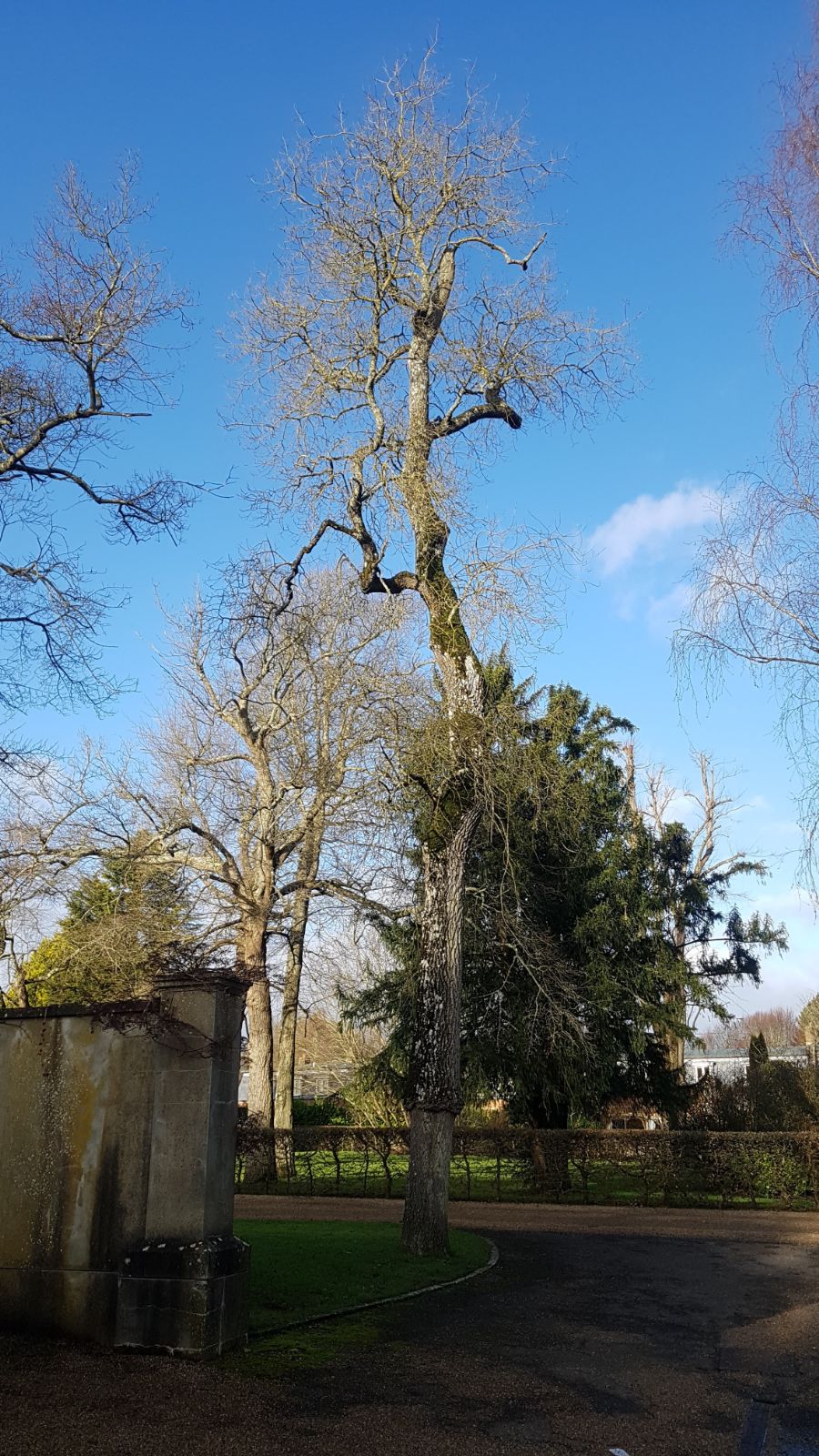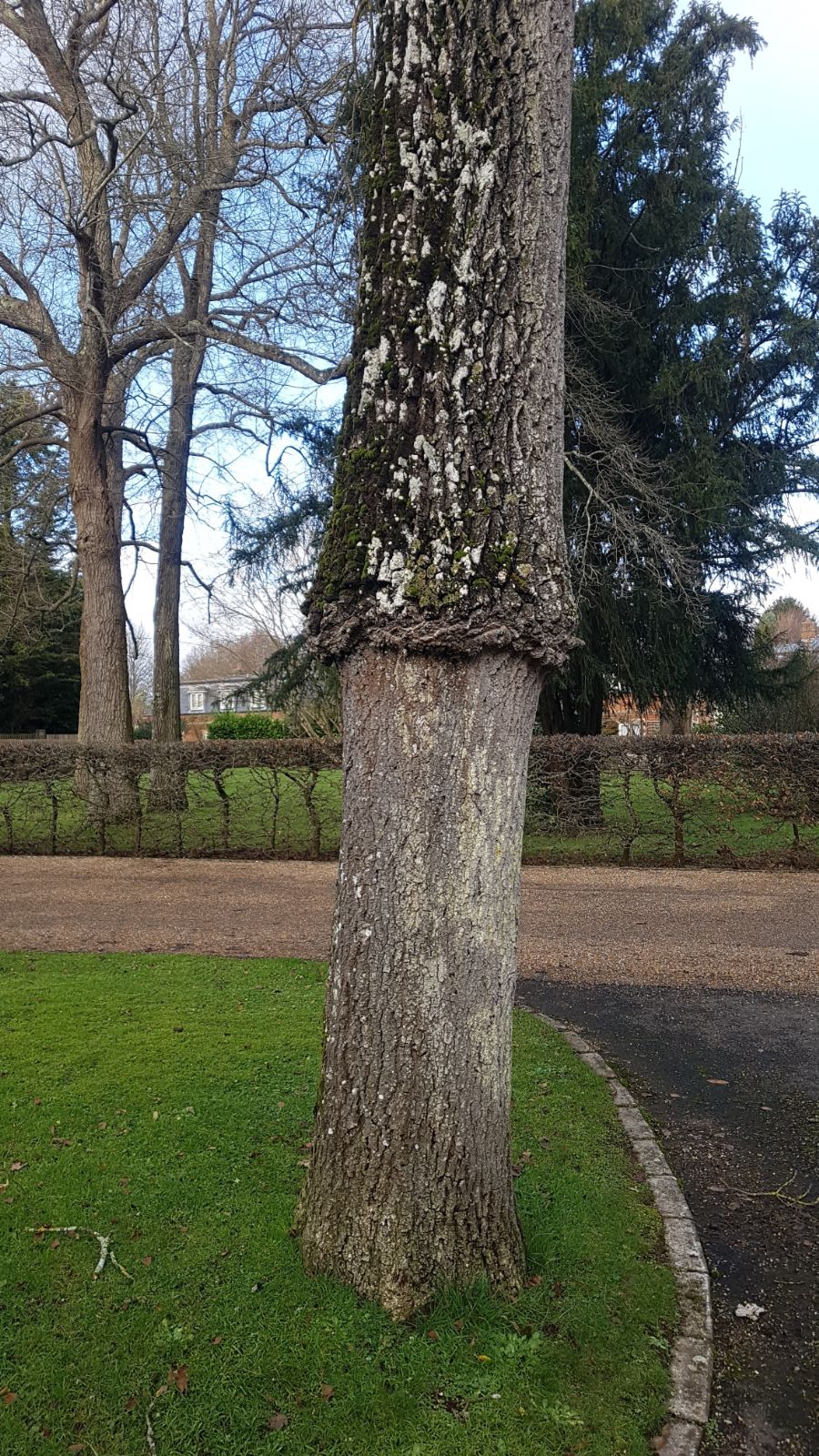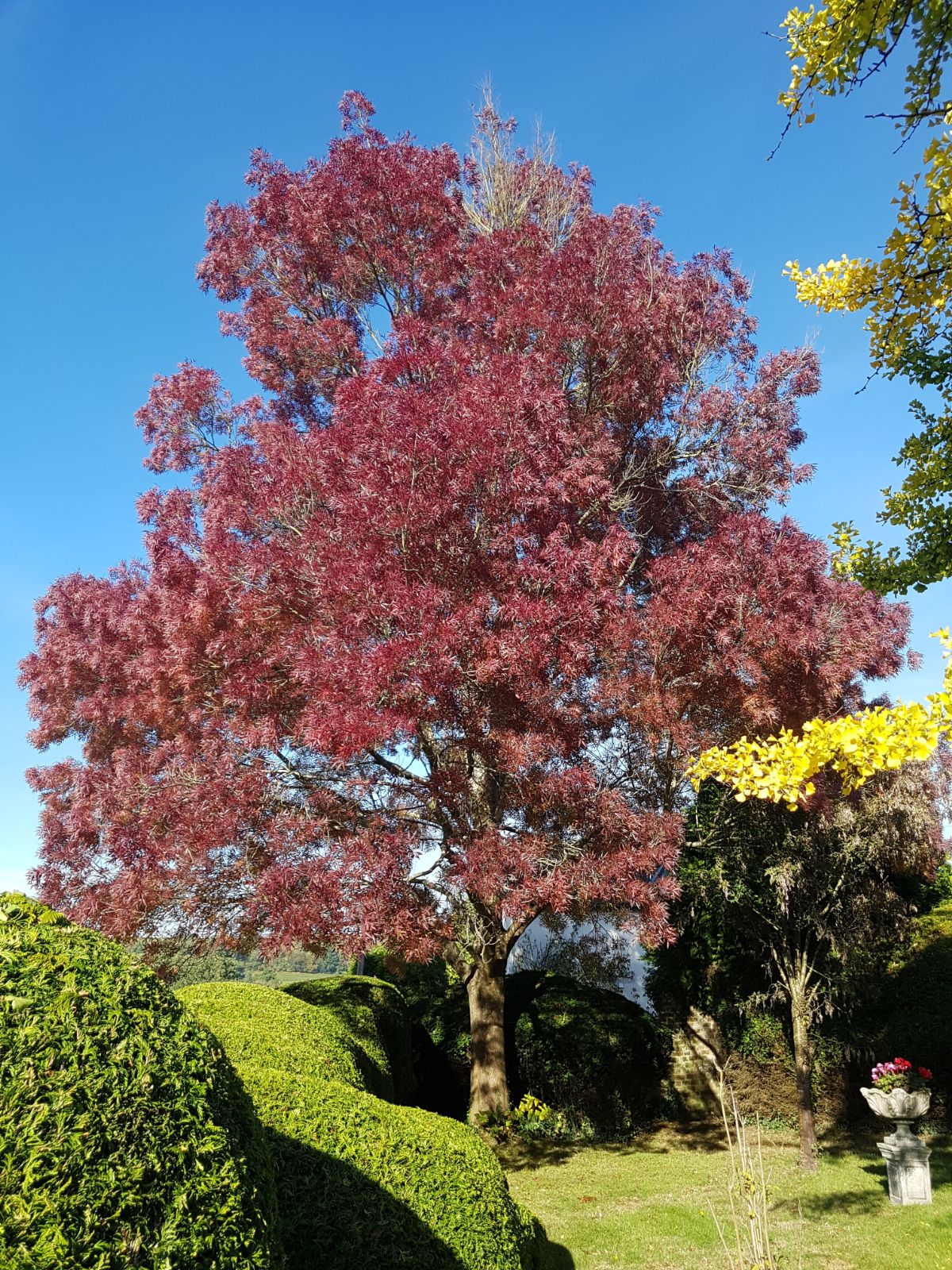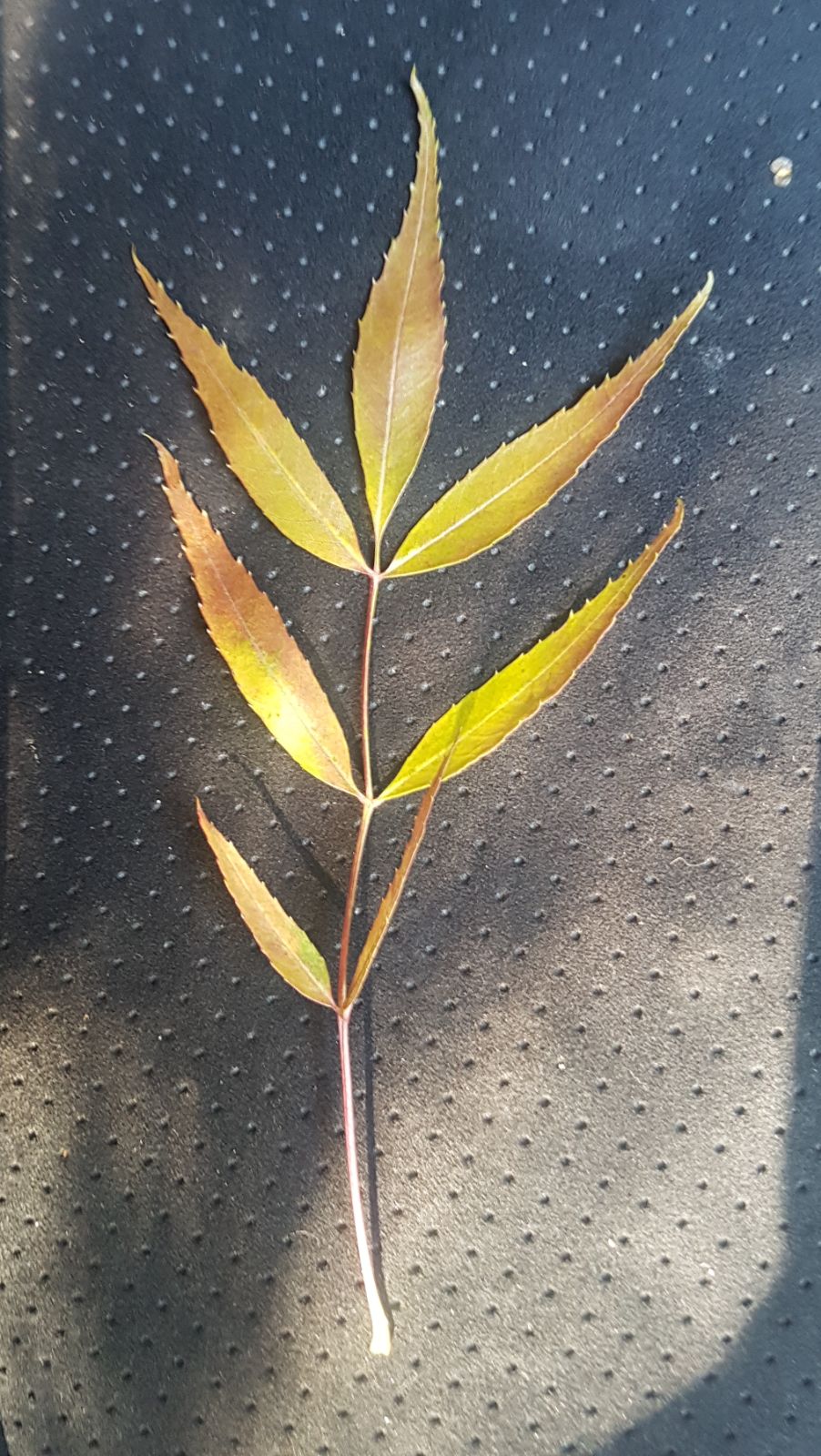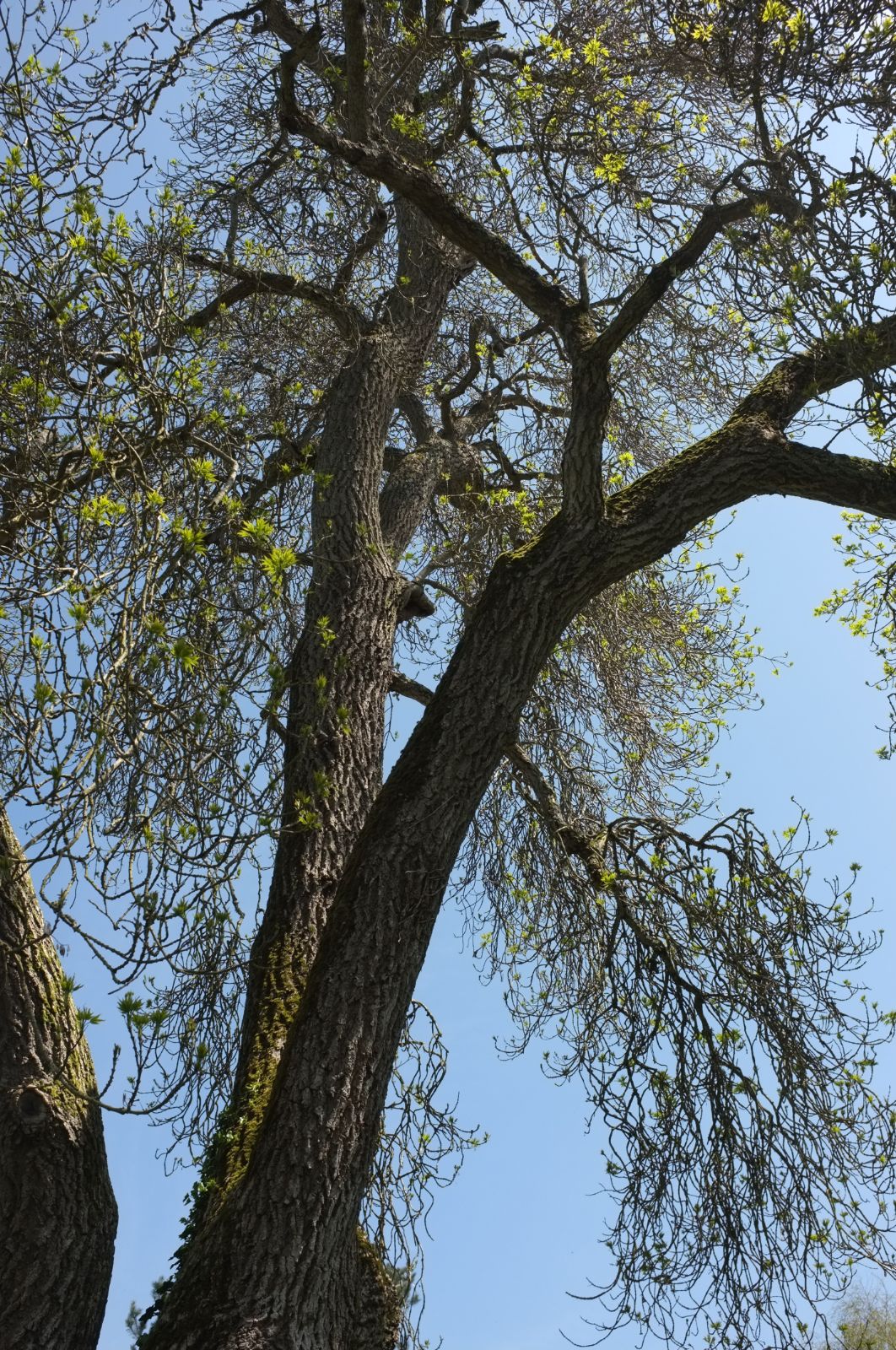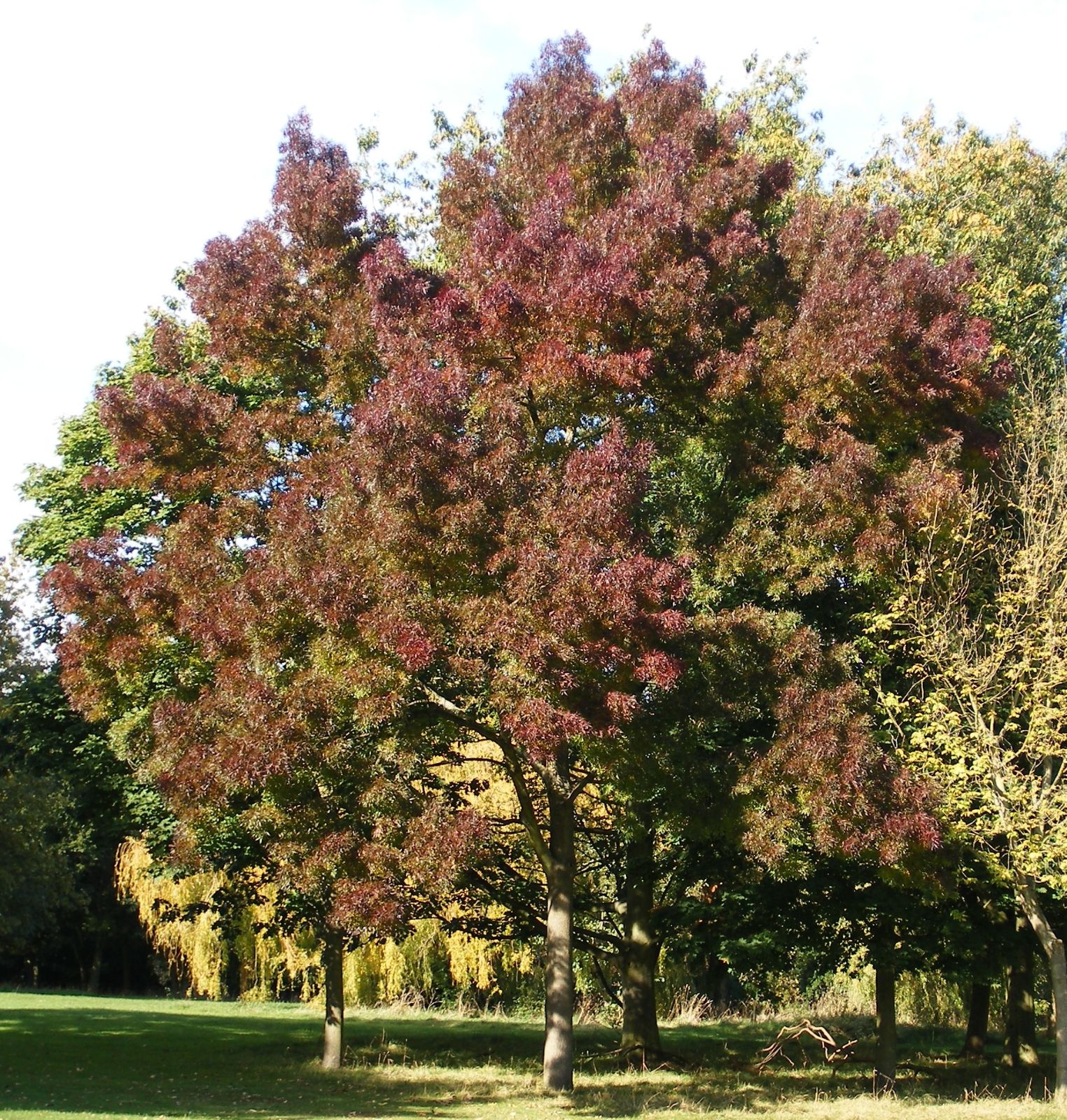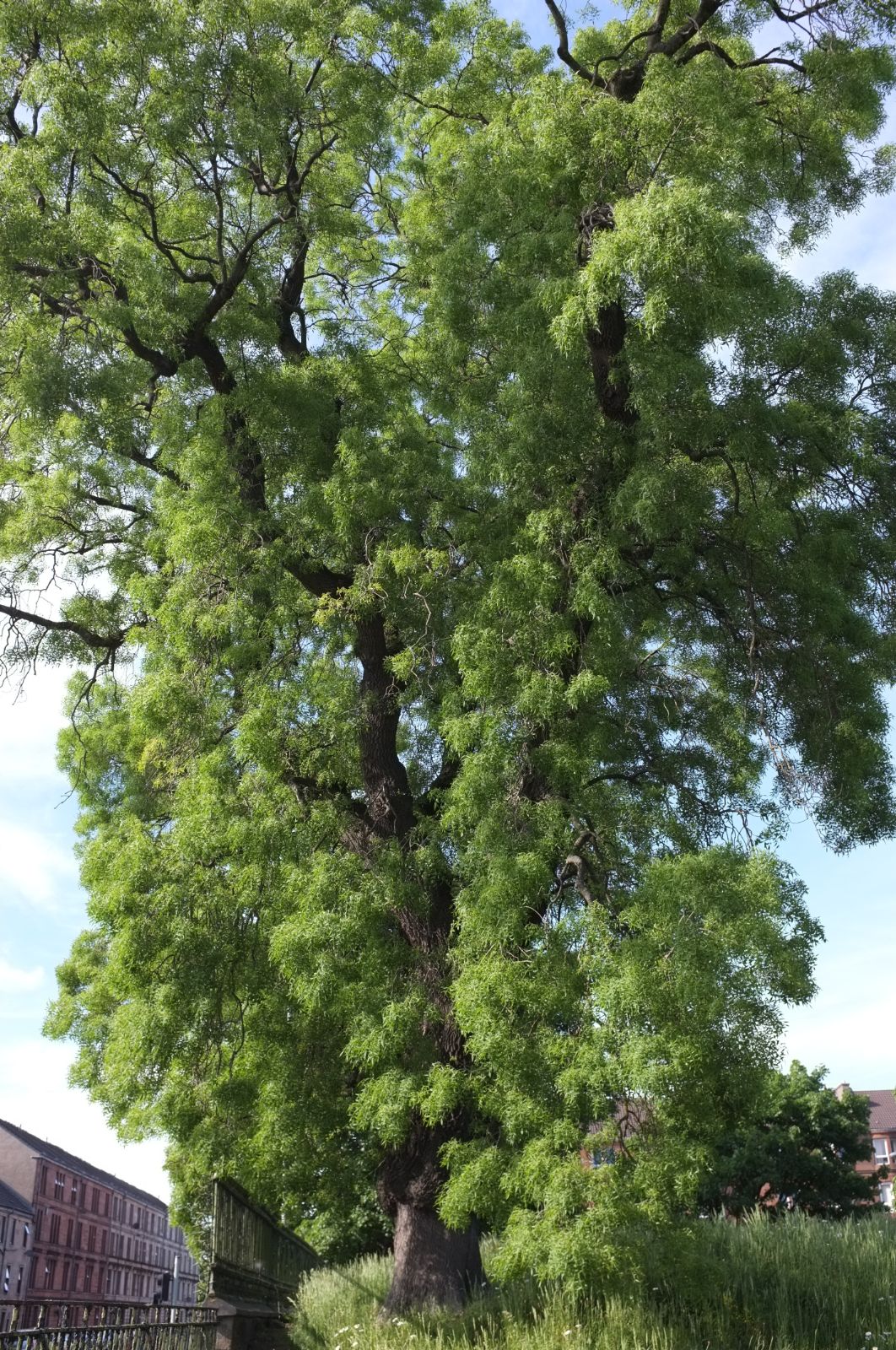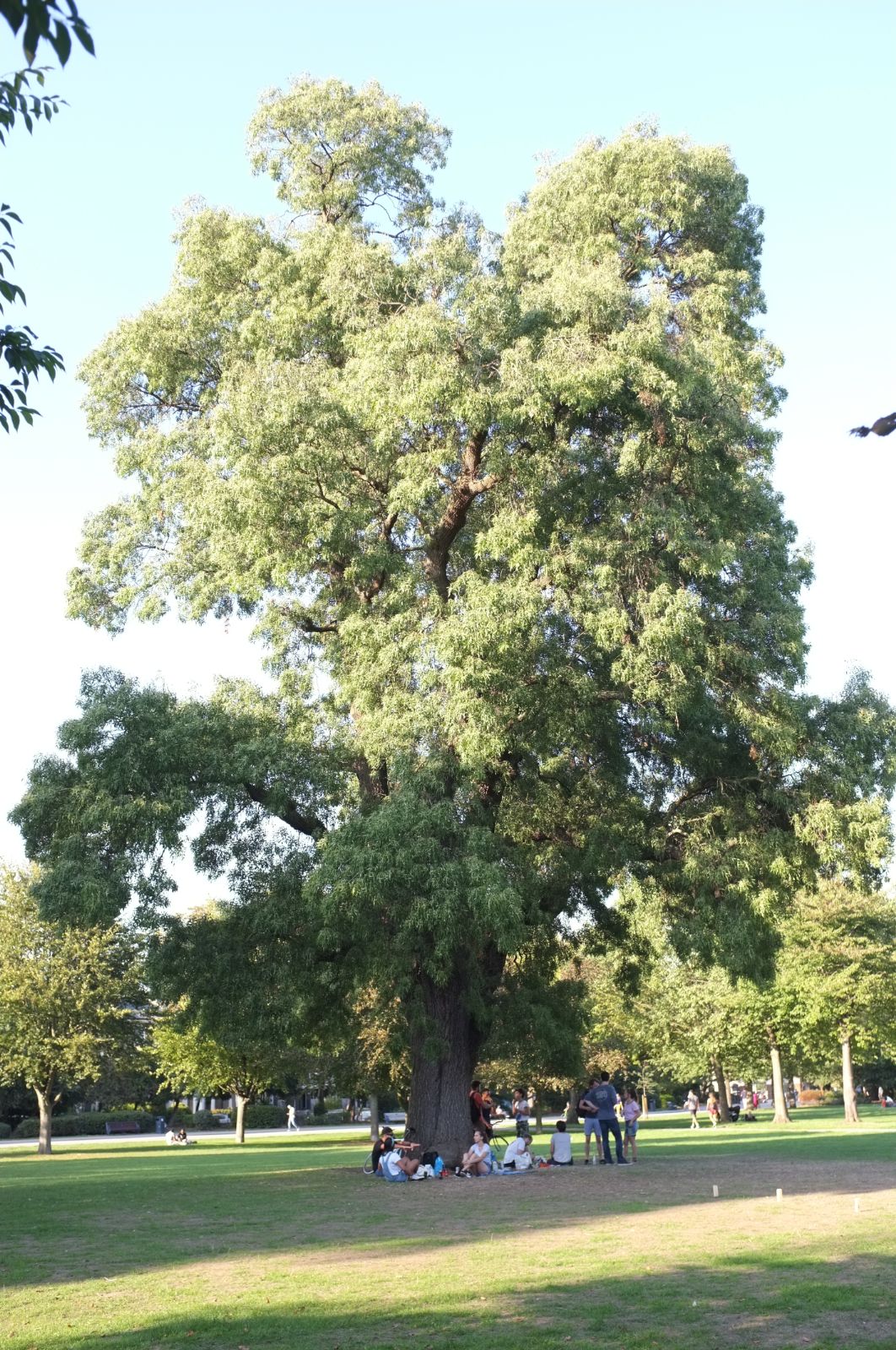Fraxinus angustifolia
Credits
Article from Bean's Trees and Shrubs Hardy in the British Isles
Recommended citation
'Fraxinus angustifolia' from the website Trees and Shrubs Online (treesandshrubsonline.
Genus
Common Names
- Narrow-leaved Ash
Synonyms
- Fraxinus oxycarpa var. angustifolia (Vahl) Lingelsh.
- F. tamariscifolia Vahl
Infraspecifics
Other taxa in genus
- Fraxinus americana
- Fraxinus anomala
- Fraxinus biltmoreana
- Fraxinus bungeana
- Fraxinus caroliniana
- Fraxinus chinensis
- Fraxinus cuspidata
- Fraxinus dipetala
- Fraxinus elonza
- Fraxinus excelsior
- Fraxinus floribunda
- Fraxinus griffithii
- Fraxinus holotricha
- Fraxinus lanuginosa
- Fraxinus latifolia
- Fraxinus longicuspis
- Fraxinus mandshurica
- Fraxinus mariesii
- Fraxinus nigra
- Fraxinus obliqua
- Fraxinus ornus
- Fraxinus oxycarpa
- Fraxinus pallisiae
- Fraxinus paxiana
- Fraxinus pennsylvanica
- Fraxinus platypoda
- Fraxinus pubinervis
- Fraxinus quadrangulata
- Fraxinus rotundifolia
- Fraxinus sieboldiana
- Fraxinus sogdiana
- Fraxinus spaethiana
- Fraxinus syriaca
- Fraxinus texensis
- Fraxinus tomentosa
- Fraxinus 'Veltheimii'
- Fraxinus velutina
- Fraxinus xanthoxyloides
A tree 60 to 80 ft, occasionally 90 ft high; young shoots and leaves perfectly glabrous. Leaves 6 to 10 in. long; leaflets seven to thirteen, lanceolate, glabrous, 1 to 3 in. long, 1⁄3 to 3⁄4 in. wide, sharply and rather coarsely or even jaggedly toothed except towards the narrowly tapered base, apex long-pointed. The terminal leaflet is the only one that has a stalk (1⁄4 to 1⁄3 in. long); main-stalk with two wings on the upper side forming a groove that is open from the base to the lowest pair of leaflets, but beyond them closed, except where the leaflets are attached. Flowers produced from the joints of the previous year’s wood, and with neither calyx nor corolla. Fruits 1 to 11⁄4 in. long.
Native of the W. Mediterranean region and N. Africa. It is an elegant tree, allied botanically to the common ash but distinguished by its more furrowed bark, brown buds, and quite glabrous leaflets.
From the Supplement (Vol. V)
specimens: Kew, at head of Lake, 77 × 7 ft below graft (1977) and, pl. 1932, 58 × 61⁄4 ft (1984), pl. 1893, 70 × 6 ft (1984) (var. lentiscifolia); Chiswick House, London, 95 × 101⁄4 ft (1973) (75 × 71⁄2 ft in 1903); Battersea Park, London, near Rose Garden, 72 × 83⁄4 ft (1983) and three others of good size; Victoria Park, Hackney, London, 70 × 81⁄2 ft and 75 × 83⁄4 ft at 3 ft (1979); Knepp Castle, Sussex, 72 × 83⁄4 ft above graft union, 61⁄2 ft below it (1981); Melbury, Dorset, in Valley, 100 × 7 ft (1980); National Botanic Garden, Glasnevin, Eire, 75 × 6 ft (1974).
F. oxycarpa – As remarked in later impressions of Volume II the explanation for the alternative names ‘Raywood’ and ‘Wollastonii’ is simply that this cultivar originated in the Raywood Gardens at Bridgewater near Adelaide, which were the creation of T. C. Wollaston.
Specimens known to belong to the clone ‘Raywood’ are: Kew, pl. 1928, 60 × 31⁄2 ft (1971); Knap Hill Nursery, Surrey, 65 × 61⁄4 ft (1983). The tree of ‘Raywood’ at Talbot Manor, Norfolk, was blown down in 1977. Other specimens referable to F. oxycarpa are: Alexandra Park, Hastings, Sussex, 58 × 41⁄4 ft (1983); National Botanic Garden, Glasnevin, Eire, 60 × 53⁄4 ft (1974).
The problem of Philip Miller’s F. rotundifolia was mentioned on page 226. The reason for giving space to this obscure name is that it has long priority over both F. angustifolia and F. oxycarpa. It thus has a bearing on the nomenclature of one or the other of these species, or of both if F. oxycarpa is treated as a subspecies of the former, as it is in Flora Europaea (and also on the nomenclature of F. syriaca, which is made a subspecies of F. angustifolia in Flora of Turkey).
This matter is discussed by Peter Green in Kew Bulletin, Vol. 40(1), pp. 131–14 (1985). He concludes that F. rotundifolia Mill. and F. parvifolia Lam., described later, represent the same species and that this is in turn the species that Vahl still later named F. angustifolia. Reluctantly, he has taken up the name F. rotundifolia for this species, pointing out that Miller’s definition is not too imprecise for it to be employed. He accordingly makes the following combinations under F. rotundifolia Mill.:
subsp. rotundifolia F. angustifolia Vahl.
subsp. oxycarpa (M. Bieb. ex Willd.) P. S. Green F. oxycarpa M. Bieb. ex Willd.; F. angustifolia subsp. oxycarpa (M. Bieb. ex Willd.) Franco & Rocha Alfonso.
subsp. syriaca (Boiss.) Yaltirik ex P. S. Green; F. syriaca Boiss.; F. angustifolia
subsp. syriaca (Boiss.) Yaltirik.
In a postscript to his article, Mr Green expresses the hope that in the interests of nomenclatural stability the next International Botanical Congress will incorporate into the Code of Nomenclature the expedient of nomina specifica rejicienda. An ‘inappropriate and obscure name’ such as F. rotundifolia Mill. could then be proposed for rejection and the established name F. angustifolia stand. In the expectation that such a measure may be adopted, the name F. rotundifolia is not taken up in this supplement.
F. angustifolia (rotundifolia) is a variable species in the height it attains in the wild, in the size of the leaflets, as well as in their number and their spacing on the rachis. In southern Italy, whence came Miller’s F. rotundifolia, it is said to be normally a bushy-crowned tree to about 40 ft high, but occasionally taller. It is also reported to attain its best development in Algeria. The older trees cultivated in Britain are mostly grafted and may represent a single clone; they certainly cannot be taken to represent the species as a whole, which will be better understood if and when it is brought into cultivation from various parts of its range and given a more thorough taxonomic treatment than any now available. It should be added that H. Scheller, in the paper cited in the introductory note, points out that the character often used to separate F. oxycarpa from F. angustifolia, namely, the presence of hairs on the midribs of the leaflets beneath, is unreliable, and submerges the former in F. angustifolia without according it subspecific or varietal rank. In the older literature use was made of the shape of the samaras to distinguish these two ashes, but this character is wholly without value and long ago discarded.
F oxycarpa Willd.
Synonyms
F. angustifolia subsp. oxycarpa (Willd.) Franco & Rocha Alfonso
F. excelsior subsp. oxycarpa (Willd.) Wesm.
F. oxyphylla Bieb
This species is closely allied to F. angustifolia, of which it is now treated as a subspecies in Flora Europaea (Bot. Journ. Linn. Soc., Vol. 64 (1971), p. 377). Buds brown. Leaves often in whorls of three. Leaflets mostly three to seven, lanceolate or narrow-elliptic, usually 1{1/2} to 2{1/2} in. long, tapered to an acute or acuminate apex, usually cuneate or long-cuneate at the base, sessile or nearly so, finely to coarsely serrated. The chief distinction from F. angustifolia is that the undersurface of the leaves has a band of hairs each side of the midrib near the base..F. oxycarpa has a more eastern distribution than F. angustifolia (E. Mediterranean, parts of S.E. Europe, lower Danube, Asia Minor, Caucasus, etc.). It is not common in cultivation, and seems to make a smaller less vigorous tree than F. angustifolia, with a smoother bark.F. oxycarpa is mainly represented in British gardens by the cultivar ‘Raywood’, which was raised in Australia and put into commerce in Britain by Messrs Notcutt of Woodbridge, Suffolk, who received bud-wood around 1925. It is an elegant tree, of narrow habit when young, but opening up with age. The leaves are borne mostly in whorls of three (or in fours under the terminal bud) and have seven or nine slender, sharply serrated leaflets. The feature for which ‘Raywood’ is chiefly grown is that they usually turn plum-purple in autumn, but in some gardens they drop without colouring. It needs a sunny position and is perhaps best suited in the drier parts of the country.The oldest tree at Woodbridge, planted soon after 1925, grows on Kyson Hill above the River Deben, on land presented to the National Trust by the late Mr R. C. Notcutt in 1930. This is about 5 ft in girth and perhaps 80 ft high, with an open crown. Another large specimen grows at Talbot Manor,. King’s Lynn, Norfolk; this measures 48 × 3{3/4} ft (1970).Messrs Notcutt put this ash into commerce as F. excelsior raywoodii, but a tree presented by them to Kew in 1928 came under the name F. excelsior wollastonii, This tree is certainly F. oxycarpa and seems to be the same as ‘Raywood’.
var. lentiscifolia Henry
Leaflets more spreading (in the typical form they point forwards) and set further apart on the main-stalk, making the leaf sometimes 10 in. or more long, and the tree very graceful.The following cultivated trees belong either to F. angustifolia or to the var. lentiscifolia: Kew, 75 × 8{3/4} ft and 68 × 7{3/4} ft (1968); Chiswick House, London, 85 × 10 ft (1964) (this tree was 75 × 7{1/2} ft in 1903); Syon House, London, 70 × 7{1/4} ft (1959); University Botanic Garden, Cambridge, 85 × 6{1/2} ft (1969); Hardwick, Suffolk, 99 × 6{1/4} ft (1952, measurement by Maynard Greville; this tree is grafted, and was 72 × 7{3/4} ft above the graft in c. 1905 and 5{1/4} ft below it); Tortworth, Glos., 80 × 7{1/2} ft (1964); Glasnevin Botanic Garden, Dublin, Eire, 70 × 5{1/2} ft.

